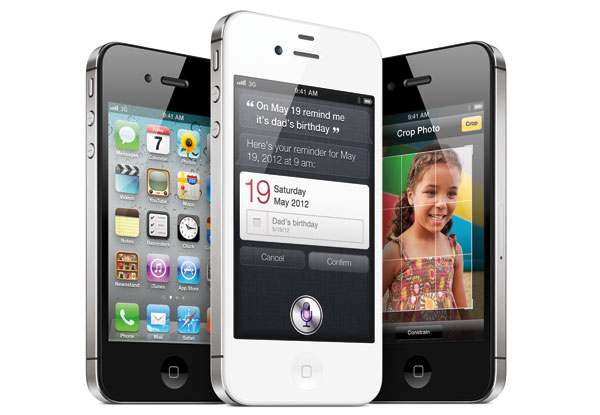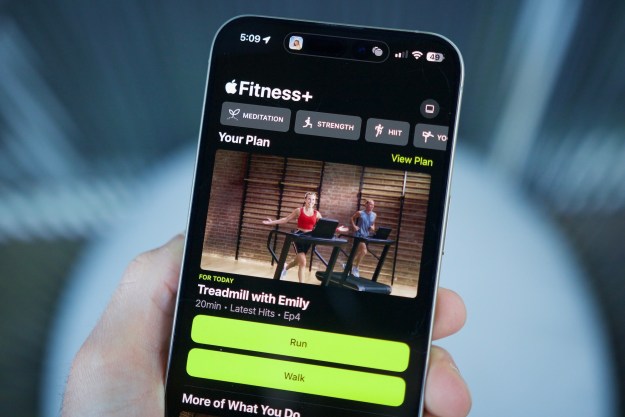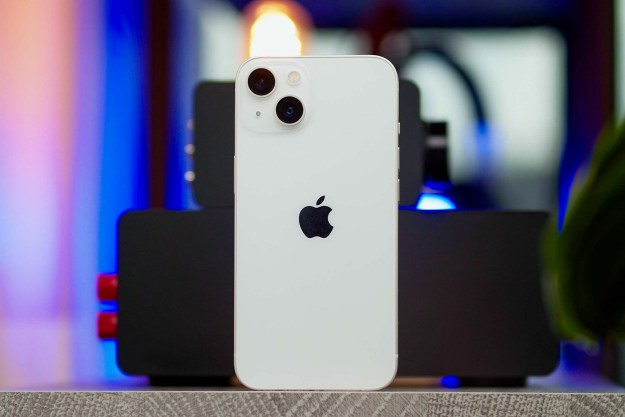
Apple announced today that it received over 1 million pre-orders of its newly-unveiled iPhone 4S on the first day alone. The colossal sales figure crushes Apple’s previous record of 600,000 for the iPhone 4.
“We are blown away with the incredible customer response to iPhone 4S,” said Philip Schiller, Apple’s senior vice president of Worldwide Product Marketing, in a prepared statement. “The first day pre-orders for iPhone 4S have been the most for any new product that Apple has ever launched and we are thrilled that customers love iPhone 4S as much as we do.”
While 1 million handsets sold in a single day is no small feat, comparisons to last year’s numbers isn’t exactly apples to, er, apples. This year, the iPhone 4S is available through AT&T, Verizon and Sprint (along with a number of other retailers, like Best Buy, Walmart and Target, among others). At the initial launch of the iPhone 4, AT&T was the only carrier, so it would make sense that more people would purchase the iPhone 4S since more people can use the device on their current network.
AT&T announced earlier that it had sold 200,000 iPhone 4S units in the first 12 hours after the device became available at 12am EST/3am PST on Friday, making it the wireless carrier’s “most successful iPhone launch” ever . The company did not divulge its sales numbers for the remaining 12 hours of the first day.
Prior to the launch of the iPhone 4S on Tuesday, October 4, customers appeared willing and ready to throw down dollars for the new device, with at least one survey estimating that more than 40 percent of North American mobile customers were planning to buy the newest Apple smartphone.
Those numbers came before Apple released the iPhone 4S – not the full-redesigned “iPhone 5,” which many thought the company would offer this year. In the aftermath of Apple announcement, some viewed the iPhone 4S, which looks identical to the iPhone 4 but includes significant hardware and software upgrades, as somewhat of a disappointment. It would seem Apple is attempting to dispel talk of customer dissatisfaction with today’s sales figure reveal.
The iPhone 4S sells for $199 (16GB), $299 (32GB) or $399 (64GB) with the signing of a new wireless contract through AT&T, Verizon or Sprint. Features added to the latest iPhone model include a faster dual-core A5 processor, an 8-megapixel camera with 1080p video-capturing capabilities, Twitter integration and the Siri personal assistant voice recognition app.
Editors' Recommendations
- How to find your phone number on iPhone or Android
- Best iPhone 14 deals: Unlocked and refurbished
- iPhone 16: news, rumored price, release date, and more
- How to schedule a text message on your iPhone
- iPhone SE deals: Refurbished 2nd and 3rd Gen iPhones


